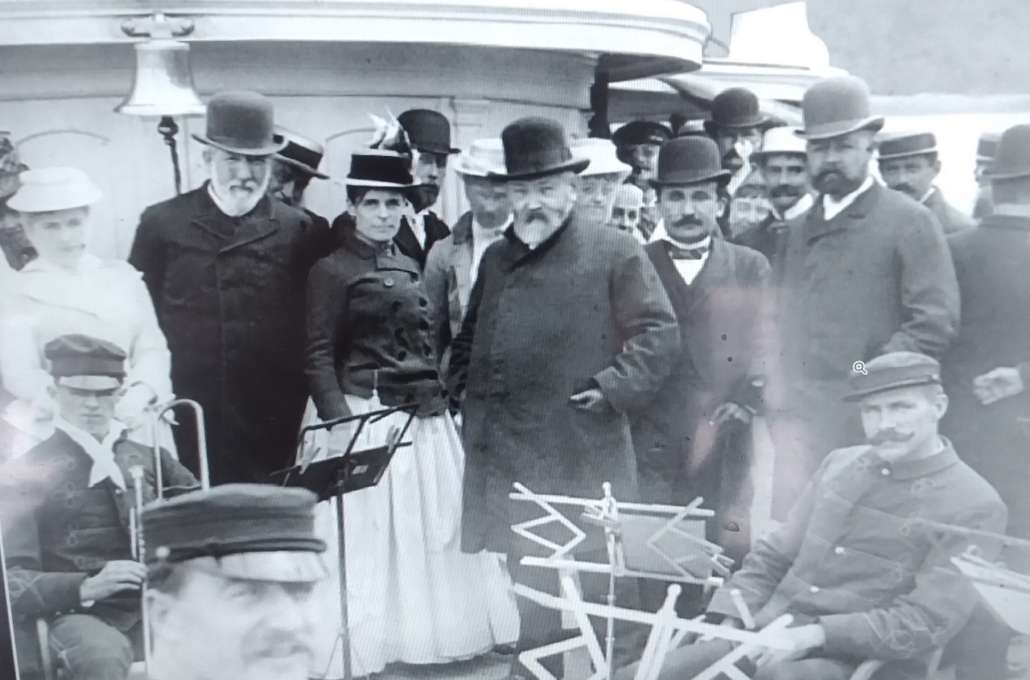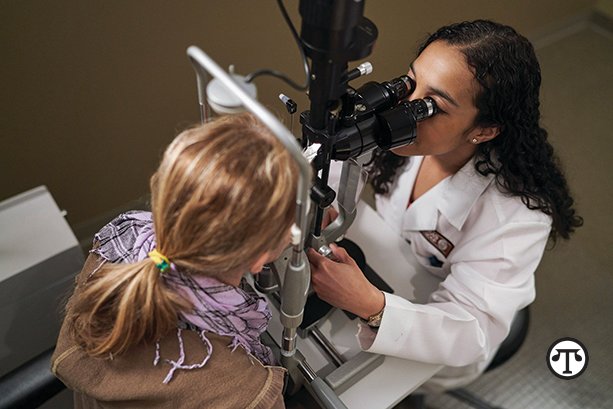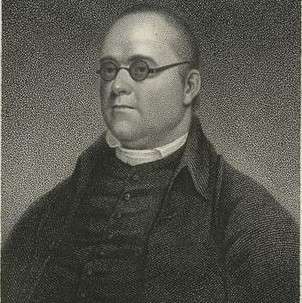REVIEW POTPOURRI: Joseph Conrad
 by Peter Cates
by Peter Cates
Joseph Conrad
Joseph Conrad (1857-1924) has recently become my favorite novelist of all, supplanting such favorites as Graham Greene, John Le Carre, and Nathaniel Hawthorne. His combination of slyly understated wit, of a very perceptive awareness of the hearts of darkness in all humankind and of his own genius level of mastery of English as a second language are seen in his Lord Jim, Typhoon, Victory and Under Western Skies.
I have been slowly but surely reading his 1913 novel Chance, a book that others find not one of his best; I disagree most vehemently.
The story focuses on a young woman Flora de Barral who runs off to sea in holy wedlock with a Merchant Marine Captain Anthony who is more than old enough to be her father. The novel deals, quite captivatingly, with the repercussions of this marriage. The Anthonys simply want a private life in which they mind their own business but are surrounded by people who make it impossible.
Much of the time in this novel, Conrad uses the first person narrator Charles Marlow who is constantly brooding on the significance of everything he sees and hears with respect to the couple.
One situation has Marlow conversing with an unnamed acquaintance about the gap between people with real integrity, such as the Anthonys who , through no fault of their own, get caught up in absurd, even traumatic situations; and the people who think they’re better than everyone else, but are actually ignorant, if not downright destructive guttersnipes:
“‘They say,’ pursued the unabashed Marlow, ‘that we laugh from a sense of superiority. Therefore, observe, simplicity, honesty, warmth of feeling, delicacy of heart and of conduct, self-confidence, magnanimity are laughed at, because the presence of these traits in a man’s character often puts him into difficult, cruel or absurd situations, and makes us, the majority who are fairly free as a rule from these peculiarities, to feel pleasantly superior.’ “
One could say that Conrad had a very cynical view of human nature but what distinguished him from other writers with a similar worldview was his having made peace with this cynical view and the sense of humor he maintained.
Finally Conrad incorporated elements of his own experiences as a Merchant Marine officer from the age of 18 to 37 when he left that life behind to devote himself full time to writing into his fiction, especially drawing on his own travels to the Far East and other such exotic locales. The grand impersonal immensities of the ocean and its depths, combined paradoxically with its ability to shelter the individual from the toxic humanity on land, held ardent fascination for him, as seen in another quote from Chance, in which the chief petty officer is on night watch:
“The very sea, with short flashes of foam bursting out here and there in the gloomy distances, the unchangeable, safe sea sheltering a man from all passions, except its own anger, seemed queer to the quick glance he threw to windward where the already effaced horizon traced no reassuring limit to the eye.”
One highly recommended novel.



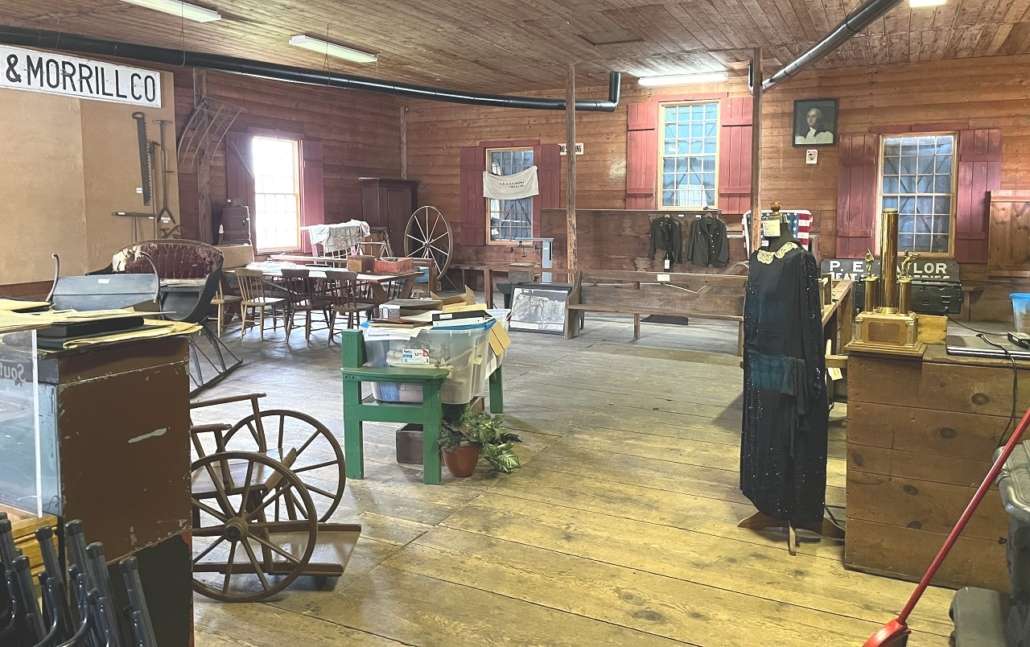


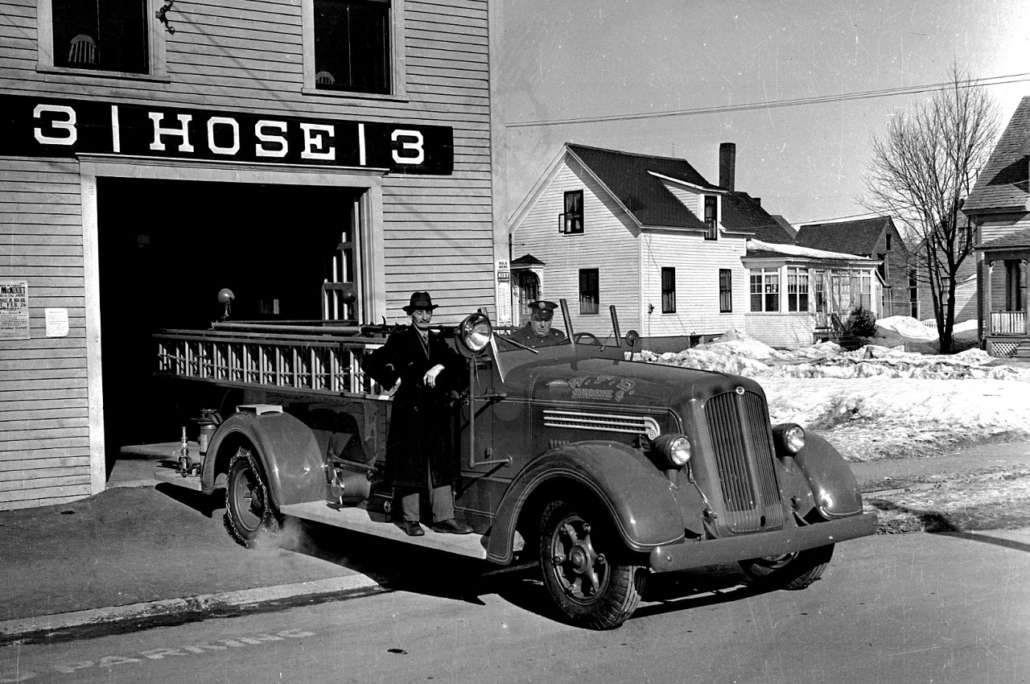



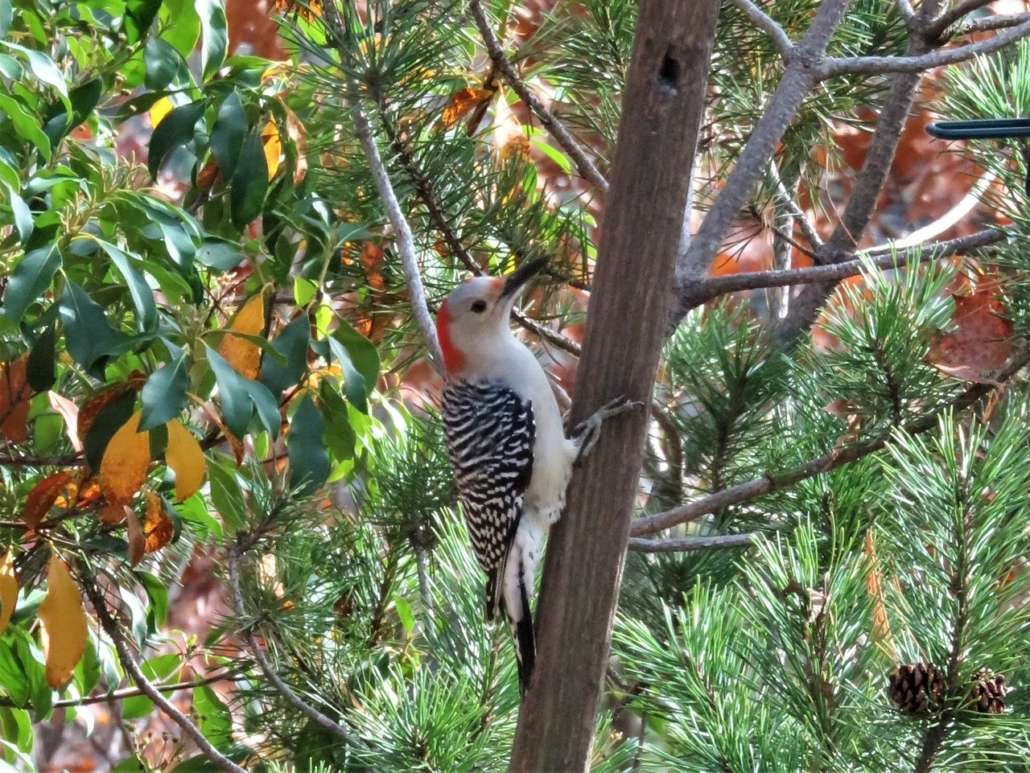
 (NAPSI)—Kidney disease is often referred to as a “silent disease” because there are usually no symptoms during its early stages. In fact, as many as 90% of Americans who have chronic kidney disease (CKD) don’t know they have the disease until it is advanced.
(NAPSI)—Kidney disease is often referred to as a “silent disease” because there are usually no symptoms during its early stages. In fact, as many as 90% of Americans who have chronic kidney disease (CKD) don’t know they have the disease until it is advanced.